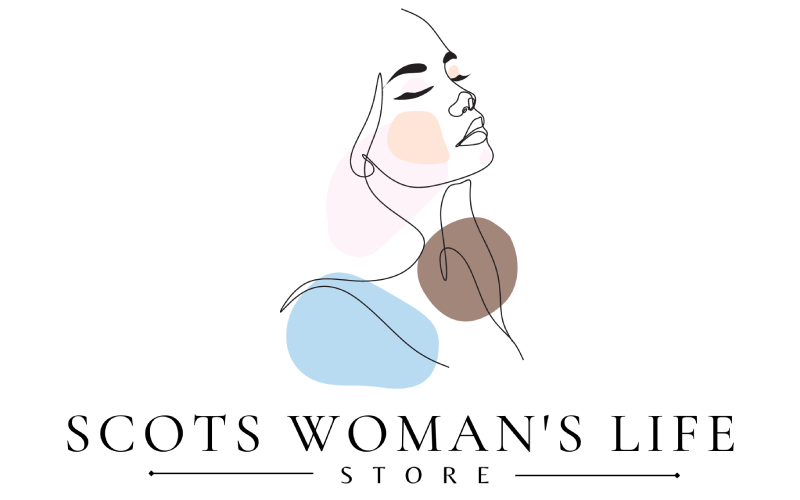With passion, determination, and a growing community of female anglers, women are mastering fishing techniques and leaving a lasting impression on the fishing world. In this article, we will dive into fishing techniques specifically tailored for women, empowering them to cast their own path and achieve angling excellence.
The Basics of Casting
Mastering the art of casting is fundamental for any angler. Women can start by understanding the mechanics of the casting technique, such as the overhead cast, sidearm cast, or roll cast. Practice and proper form are key to achieving accurate and efficient casts.
Fly Fishing Techniques
Fly fishing offers a unique and elegant approach to angling. Women can explore various fly fishing techniques, including the delicate presentation of dry flies, the controlled drift of nymphing, or the skillful retrieval of streamer fishing. Learning the nuances of fly casting, line management, and reading the water will enhance their success on the water.
Bait and Lure Selection
Choosing the right bait or lure is crucial for enticing fish to bite. Women anglers can experiment with different options, considering factors such as the species they target, water conditions, and seasonal preferences. Understanding the behavior of the fish and adapting bait or lure selection accordingly increases the chances of a successful catch.
Knot Tying Skills
Strong and reliable knots are essential for secure connections between lines, leaders, and hooks. Women can familiarize themselves with essential fishing knots, such as the improved clinch knot, Palomar knot, or loop knot. Proper knot-tying ensures that fish remain hooked and reduces the chances of losing a prized catch.
Precision in Presentation
Presenting the bait or lure with finesse and precision is key to fooling fish into biting. Women can focus on refining their presentation skills, considering factors such as casting accuracy, retrieval techniques, and mimicking natural movements. Paying attention to details and observing fish behavior will help tailor the presentation to specific fishing scenarios.
Reading Water and Structure
Understanding the environment in which fish reside is crucial for successful angling. Women can develop skills in reading water and identifying underwater structures, such as submerged rocks, weed beds, or drop-offs. By analyzing currents, depth changes, and potential fish-holding spots, they can strategically position themselves for optimal fishing opportunities.
Patience and Persistence
Angling requires patience and persistence, traits that women anglers often possess in abundance. Patience allows them to observe, adapt, and learn from each fishing experience. Persistence keeps them going even when the bites are slow or the conditions are challenging. Women anglers understand that perseverance is rewarded with memorable catches.
Catch and Release Techniques
Conservation-minded anglers prioritize the well-being of fish populations and practice catch and release techniques. Women can educate themselves on proper handling, hook removal, and minimizing stress on fish. Responsible angling ensures the sustainability of fisheries and leaves a positive impact on the ecosystem.
Learning from Experienced Anglers
Women can benefit from learning from experienced anglers, both male and female. Seeking guidance, attending workshops, or joining fishing clubs and organizations provides opportunities to connect with mentors and expand knowledge. Sharing experiences and learning from seasoned anglers accelerates skill development and fosters a sense of camaraderie within the fishing community.
Conclusion
Women mastering angling through fishing techniques embody the spirit of empowerment and passion for the outdoors. By honing their skills and immersing themselves in the joy of fishing, women will continue to inspire others to embrace the thrill of the catch and forge their angling adventures.

